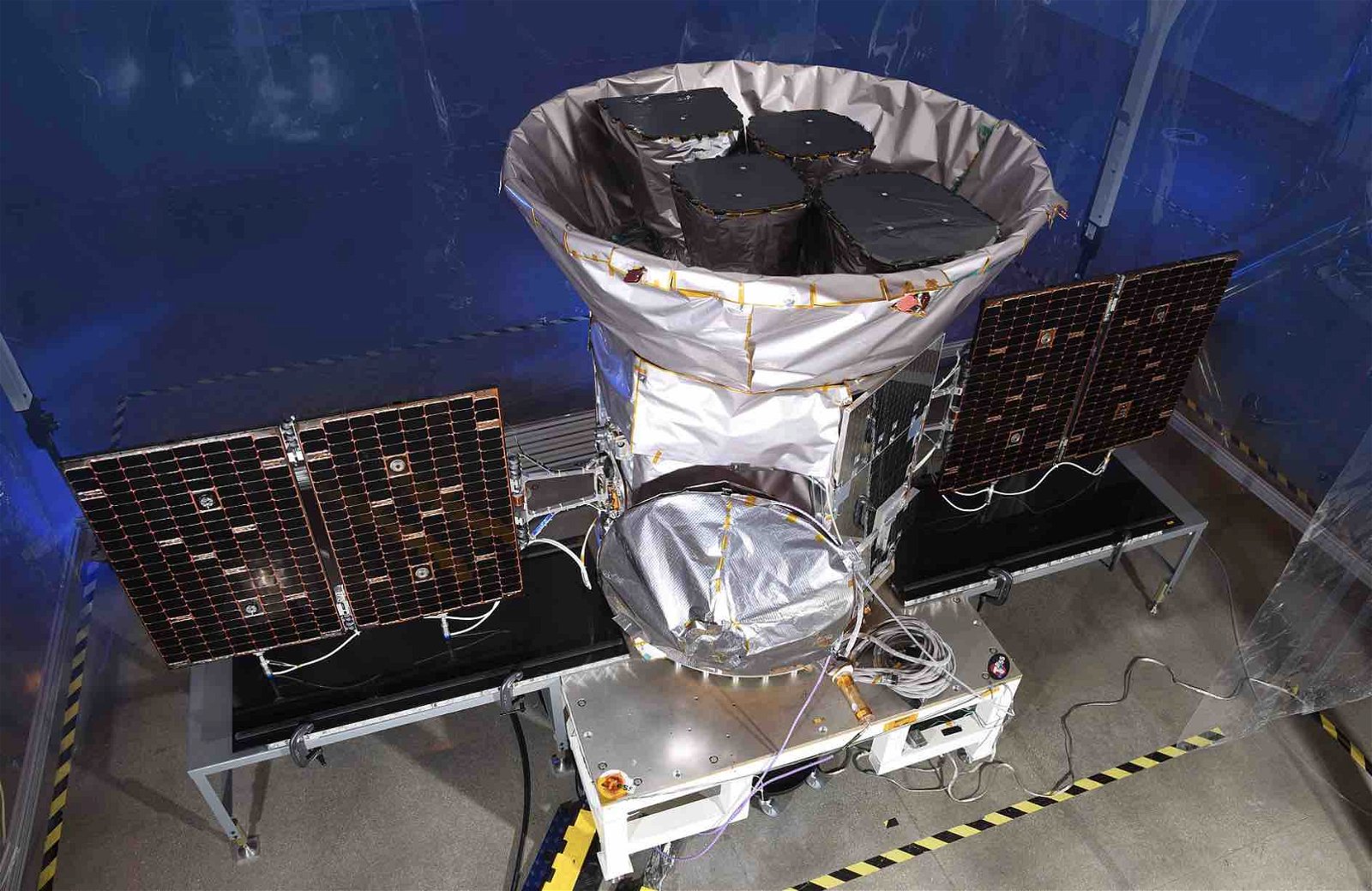The discovery of a newfound alien “super-Earth” observed orbiting a distant red dwarf star has been reported by an international team of astronomers.
The planet, which has been named TOI-1680 b, was detected with NASA’s Transiting Exoplanet Survey Satellite (TESS), part of the space agency’s Explorer program.
TESS, launched in April 2018, was built to aid NASA in the search for exoplanets, the planetary bodies orbiting stars outside our solar system. Expanding on previous efforts by the Kepler mission, TESS can search for exoplanets encompassing an area 400 times larger than its predecessor.


Now, according to an international team of astronomers, the discovery of a “super-Earth” close to 50% larger than our own planet has been located approximately 120 light years away.
Research led by Mourad Ghachoui of the University of Liège, Belgium, the transit signal of a TESS Object of Interest (TOI) has been confirmed after its detection in the light curve of TOI-1680, an inactive red dwarf star.
The exoplanet was confirmed with additional information collected using photometry, imaging, and spectroscopy obtained with ground-based systems.
Based on the data the researchers obtained, TOI-1680 b is believed to possess a mass of approximately 3.18 Earth masses and a radius of 1.46 Earth radii, completing every orbit of its star slightly less than every five days.
Ghachoui and his team found that based on transmission spectroscopic metric levels, TOI-1680 could end up being a suitable target for future atmospheric characterization studies with the James Webb Space Telescope’s NIRSpec/PRISM instrument, which can reveal evidence of the presence of water vapors and aerosols, among other potentially useful observations in the study of distant exoplanets.
The authors note that of 63 current targets, “TOI-1680 b ranks as the thirteenth most amenable target for these studies.” Ghachoui and the team plan to explore the possibility of also applying radial velocity measurements that could help determine more about TOI-1680 b’s mass and composition.
Since TESS captured its first light image in August 2018, the satellite has continued to provide data on possible exoplanet candidates orbiting distant stars, surveying close to 200,000 of the brightest stellar bodies near our Sun.
To date, it has already successfully located almost 6,700 candidates, and 363 of the objects in TESS’s survey have been confirmed as exoplanets.
The research team’s recent findings were outlined in a paper that appeared on the preprint website arxiv.
Micah Hanks is the Editor-in-Chief and Co-Founder of The Debrief. He can be reached by email at micah@thedebrief.org. Follow his work at micahhanks.com and on Twitter: @MicahHanks.

